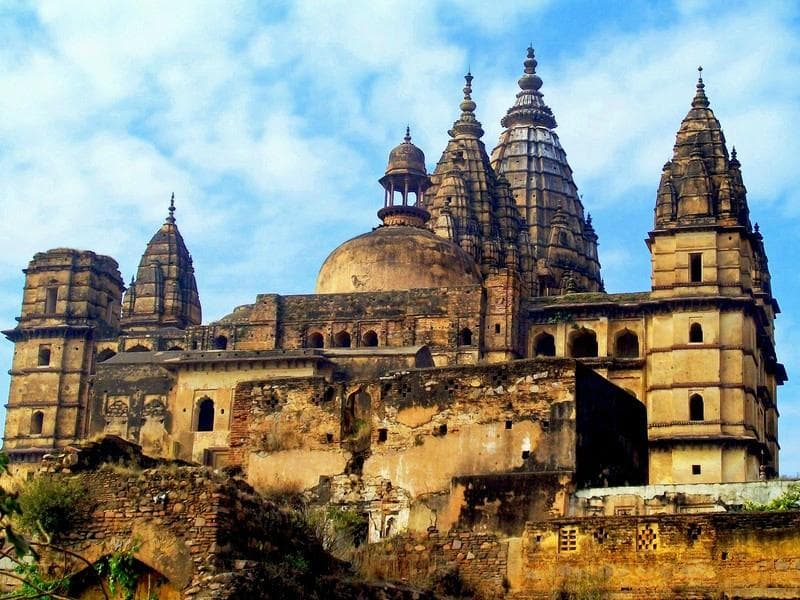
Chaturbhuj Temple Zero Inscription
Discover the Chaturbhuj Temple in Gwalior Fort, home to the world's oldest known inscription of zero, a testament to ancient India's mathematical geni...
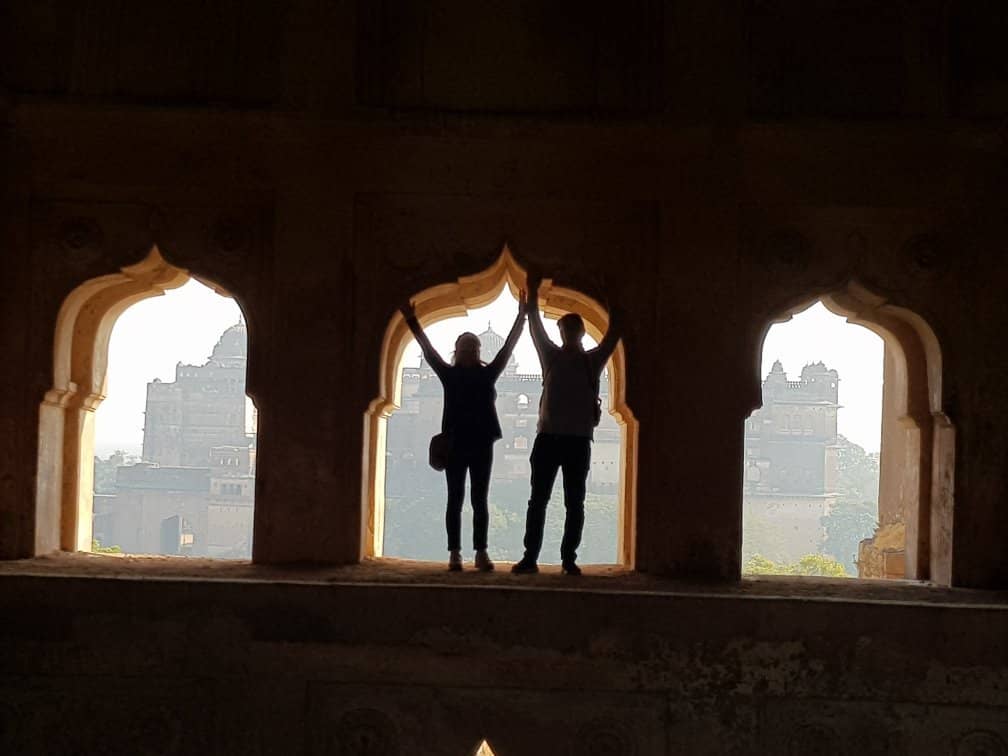
Highlights
Must-see attractions

Social
From TikTok & Reddit
Best Time
Beat the heat and crowds

Chaturbhuj Temple Zero Inscription
Best Time
Beat the heat and crowds

Highlights
Must-see attractions
Discover the Chaturbhuj Temple in Gwalior Fort, home to the world's oldest known inscription of zero, a testament to ancient India's mathematical genius.
"A silent reminder of India’s profound contributions to mathematics and culture."
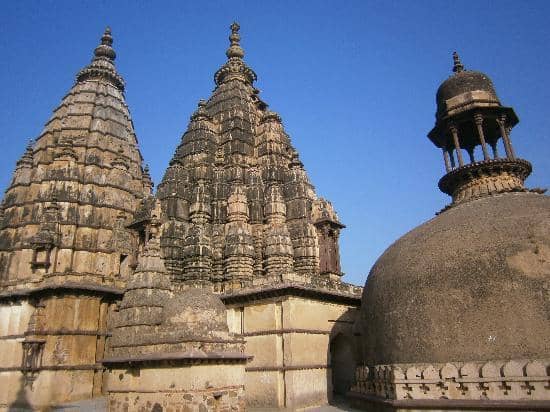
🎯 No Entry Ticket Tip
Some visitors suggest entering through a smaller gate to potentially avoid an entry ticket for the temple itself. :ticket:
👟 Wear Comfortable Shoes
Gwalior Fort is vast; comfortable footwear is essential for exploring the temple and surrounding areas. :athletic_shoe:

Highlights
Discover the most iconic attractions and experiences
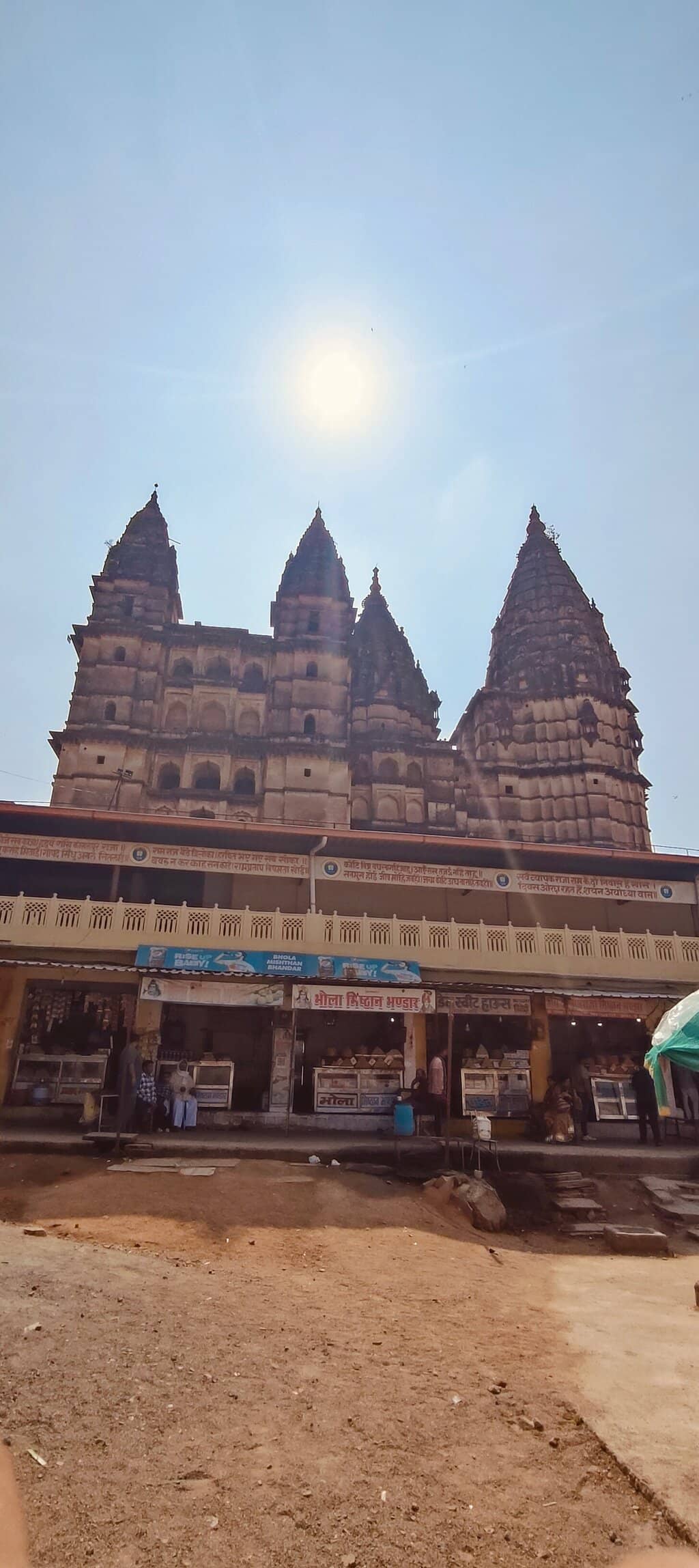
The Zero Inscription
Temple wall
Witness the world's oldest epigraphical evidence of the number zero (0), a testament to ancient India's mathematical prowess.
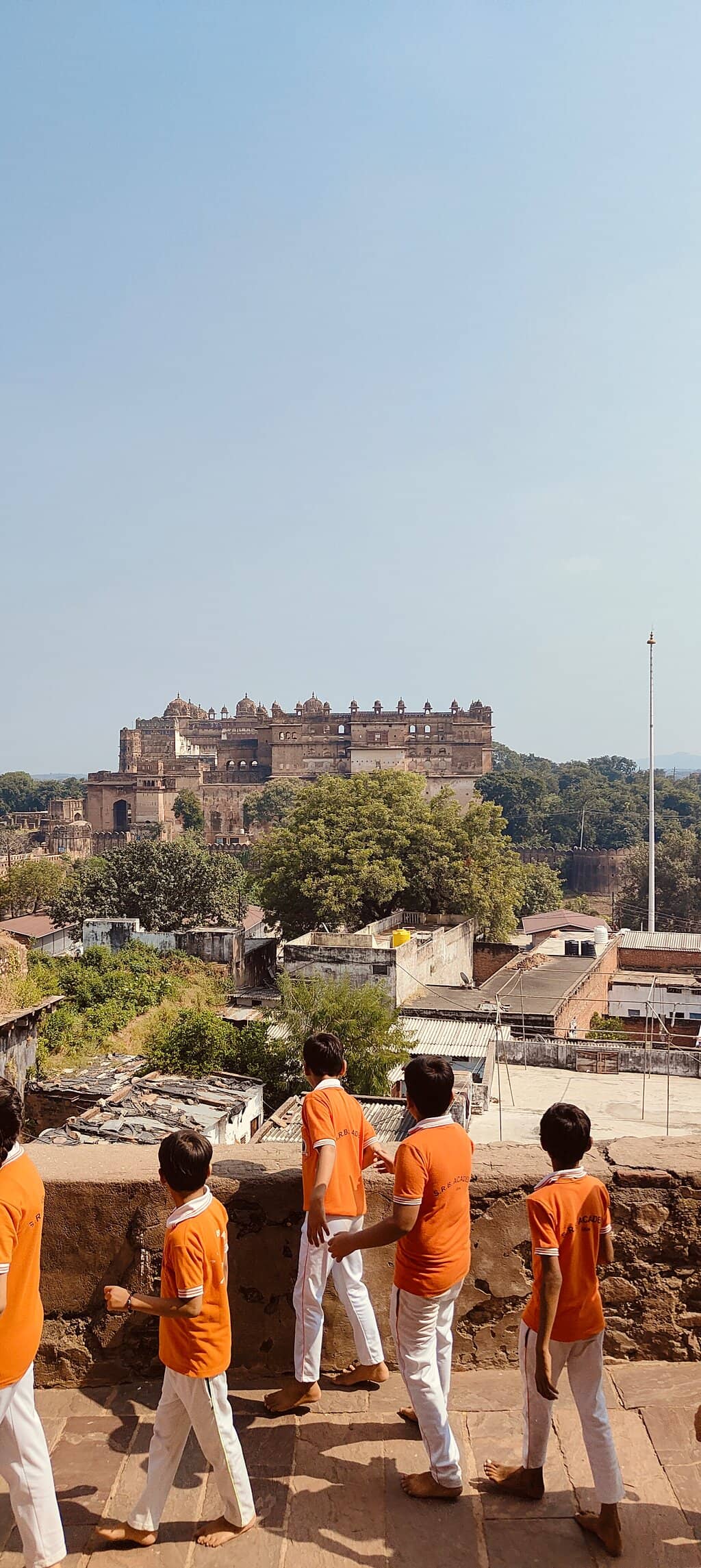
Lord Vishnu Idol
Sanctum
See the serene idol of Lord Vishnu, the four-armed deity to whom this ancient temple is dedicated.
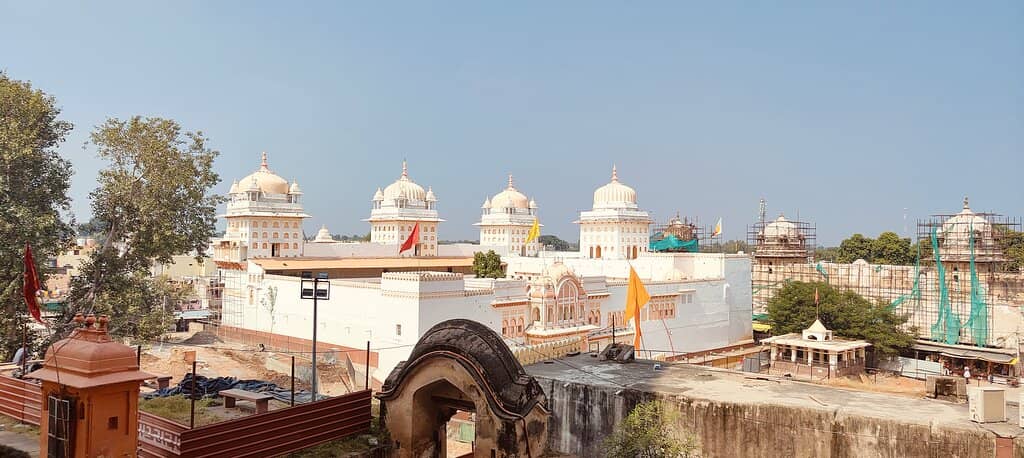
Architectural Details
Temple exterior and pillars
Admire the intricate carvings, including yoga poses and amorous couples, adorning the pillars and doorways.
Plans like a pro.
Thinks like you
Planning Your Visit
Gwalior Fort's Mathematical Marvel
Accessing the Zero Inscription
Best Times
Insider Tips
from TikTok, Instagram & Reddit
🎯 No Entry Ticket Tip
Some visitors suggest entering through a smaller gate to potentially avoid an entry ticket for the temple itself. :ticket:
👟 Wear Comfortable Shoes
Gwalior Fort is vast; comfortable footwear is essential for exploring the temple and surrounding areas. :athletic_shoe:
📸 Capture the History
The zero inscription is a unique photo opportunity, but be mindful of any restrictions. :camerawithflash:
💧 Stay Hydrated
Carry water, especially during warmer months, as exploring the fort can be tiring. :droplet:
Tips
from all over the internet
🎯 No Entry Ticket Tip
Some visitors suggest entering through a smaller gate to potentially avoid an entry ticket for the temple itself. :ticket:
👟 Wear Comfortable Shoes
Gwalior Fort is vast; comfortable footwear is essential for exploring the temple and surrounding areas. :athletic_shoe:
📸 Capture the History
The zero inscription is a unique photo opportunity, but be mindful of any restrictions. :camerawithflash:
💧 Stay Hydrated
Carry water, especially during warmer months, as exploring the fort can be tiring. :droplet:
What Travellers Say
Reviews Summary
Visitors praise the Chaturbhuj Temple for its profound historical significance, particularly its ancient zero inscription, and its serene atmosphere within Gwalior Fort. While some note its modest size compared to other fort attractions, its unique contribution to mathematics and history makes it a deeply rewarding visit for those interested in ancient Indian achievements.
"During my visit to Gwalior Fort while staying near IIITM Gwalior, I came across the serene and historically significant Chaturbhuj Temple (चतुर्भुज मंदिर) — a small yet remarkable shrine tucked within the fort’s vast expanse. Unlike the grander temples of the complex, Chaturbhuj Temple stands out for its simplicity and immense historical value. Built around 875 CE during the reign of Gurjara-Pratihara ruler Bhoja, the temple is dedicated to Lord Vishnu (Chaturbhuj literally meaning “the four-armed one”). What makes it truly special is not just its spiritual essence but also its inscription — the oldest known record of the number zero (0) in Indian history, engraved on its walls in Sanskrit numerals. Standing there, looking at that ancient carving, I felt a deep sense of connection to the roots of human knowledge — a silent reminder of India’s profound contributions to mathematics and culture. Architecturally, the temple is modest yet elegant, with finely carved doorways and a sanctum that still holds a calm, sacred atmosphere despite its age. The sunlight filtering through the stone openings, the quiet surroundings, and the thought of how this small temple holds such a monumental piece of history made the visit unforgettable. The Chaturbhuj Temple may not be as visually grand as the Teli or Sahasrabahu Temples, but it carries a quiet, intellectual, and spiritual charm that makes it one of the most meaningful stops inside Gwalior Fort."
Ragini Bhattacharyya
"Tos is a old Vishnu temple . It is situated in front of the Gwalior fort . This temple is dedicated for visnu chaturbhuj roop. The statue of the Vishnu making white"
Himanshu
"Chaturbhuj Temple in Gwalior is a serene and majestic site set amidst peaceful surroundings perfect for architecture lovers and history enthusiasts. Carved from massive stone, it features graceful spires and exquisite detailing reminiscent of the grand temples of central India. This temple is also world-famous for housing the oldest known evidence of the use of zero in India, inscribed on a 'shilalekh' (stone inscription) on its walls an extraordinary piece of history for mathematics and civilization. Best of all, if you enter through the smaller gate, there’s absolutely no entry ticket required. The peaceful ambiance, historical significance, and architectural elegance make it a must-visit on any Gwalior itinerary."
Prashant Yadav
What People Like
What People Dislike
Frequently Asked Questions
🚇 🗺️ Getting There
The Chaturbhuj Temple is located within the Gwalior Fort complex. You can reach Gwalior by train, bus, or flight. Once in Gwalior, hire a taxi or auto-rickshaw to take you to the fort entrance. From there, you'll need to ascend to the temple, which is a significant part of the fort exploration.
Yes, there is parking available at the base of Gwalior Fort. From there, you can either walk up or hire a local vehicle to take you closer to the main attractions, including the Chaturbhuj Temple.
Many visitors choose to hire a guide or use a local auto-rickshaw that can navigate the fort's roads to reach various points of interest like the Chaturbhuj Temple. Walking is also an option for those who enjoy exploring on foot.
While you can reach Gwalior city via public transport, getting directly to the fort's entrance might require a local taxi or auto-rickshaw from the main bus or train station.
The main entrance to Gwalior Fort is typically used, but some sources suggest smaller gates might offer access. It's advisable to inquire locally upon arrival for the most direct route to the temple.
🎫 🎫 Tickets & Entry
While Gwalior Fort has an entry fee, some visitors have reported that accessing the Chaturbhuj Temple through a smaller gate might not require a separate ticket. It's best to check current regulations upon arrival.
The Chaturbhuj Temple is generally accessible during the Gwalior Fort's operating hours. The fort is usually open from sunrise to sunset, but it's wise to confirm these timings before your visit.
Yes, there is an entry fee for Gwalior Fort. The fee covers access to the entire fort complex, including various palaces, temples, and historical sites.
Information on online ticket booking for Gwalior Fort can be limited. It's generally recommended to purchase tickets at the fort's ticket counter upon arrival.
Photography is usually permitted within Gwalior Fort, including the Chaturbhuj Temple. However, it's always good practice to be respectful and avoid flash photography inside the sanctum or if religious ceremonies are taking place.
🎫 🧭 Onsite Experience
The Chaturbhuj Temple is historically significant for housing the world's oldest known epigraphical inscription of the number zero (0), dating back to around 875 CE. It also showcases the architectural style of the Gurjara-Pratihara dynasty.
Inside the temple, you can see the idol of Lord Vishnu, the ancient stone inscription with the zero symbol, and various wall reliefs. The temple's architecture, including its pillars and doorway, is also noteworthy.
Yes, the Chaturbhuj Temple is a functioning Hindu shrine, and visitors may witness religious practices during their visit.
Since it's part of Gwalior Fort, you'll likely spend more time exploring the fort. The temple itself is relatively small and can be visited within 30-60 minutes, depending on your interest in its historical details.
Yes, licensed guides are usually available at Gwalior Fort. Hiring a guide can enhance your understanding of the history and significance of sites like the Chaturbhuj Temple.
📸 📸 Photography
The stone inscription with the zero symbol is a must-capture. The intricately carved pillars and the overall temple structure against the fort's backdrop also make for great photographs.
Generally, photography is allowed, but it's always respectful to avoid flash inside the sanctum or during prayer times. Check for any specific signage.
A versatile lens (like a 24-70mm) is useful for capturing both wide shots of the fort and details of the temple. A wide-angle lens can be great for the fort's architecture.
Early morning or late afternoon light can be beautiful for photography, offering softer light and fewer crowds. The golden hour can illuminate the fort's sandstone beautifully.
Drone usage is typically restricted at historical monuments and forts due to security and preservation reasons. It's best to assume drones are not permitted.
For Different Travelers
Tailored advice for your travel style
👨👩👧 Families with Kids
🤓 History & Math Enthusiasts
📸 Photography Lovers
Deep Dives
In-depth insights and expert knowledge
The Significance of the Zero Inscription
While other ancient texts and manuscripts, like the Bakhshali manuscript, also feature early uses of zero, the Chaturbhuj Temple inscription is significant because it's engraved in stone, providing tangible, in-situ evidence of its use in administrative and economic documentation during that era. Standing before this ancient carving offers a profound connection to the intellectual achievements of ancient India and highlights how a seemingly simple symbol revolutionized mathematics and science globally.
This inscription is not just a mathematical curiosity; it's a testament to the advanced understanding of numbers and their practical application by ancient Indian scholars. It underscores the temple's value beyond its religious purpose, making it a pilgrimage site for history buffs and mathematics enthusiasts alike. The presence of this inscription within a functioning temple adds another layer of cultural and historical richness to the site.
Architectural Style and History
The pillars themselves are adorned with detailed reliefs depicting individuals in yoga poses and amorous couples, showcasing the artistic sensibilities of the period. The doorway is flanked by sculptures of the goddesses Ganga and Yamuna, traditional guardians in Indian temple architecture. Although the temple's original tower (shikhara) was damaged, it has since been restored, maintaining the North Indian Nagara style.
Despite its relatively small size compared to other structures within Gwalior Fort, the Chaturbhuj Temple offers a fascinating glimpse into the religious and artistic practices of the 9th century. Its construction from monolithic rock and the preservation of its detailed carvings make it a significant historical and architectural monument within the Gwalior Fort complex.

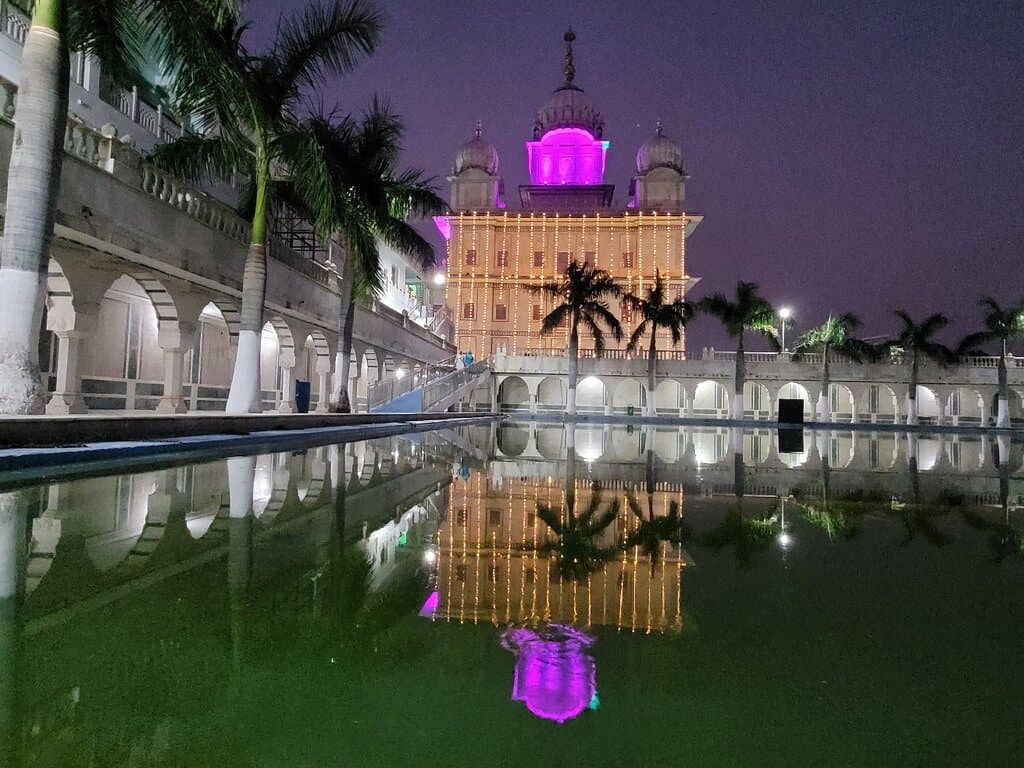
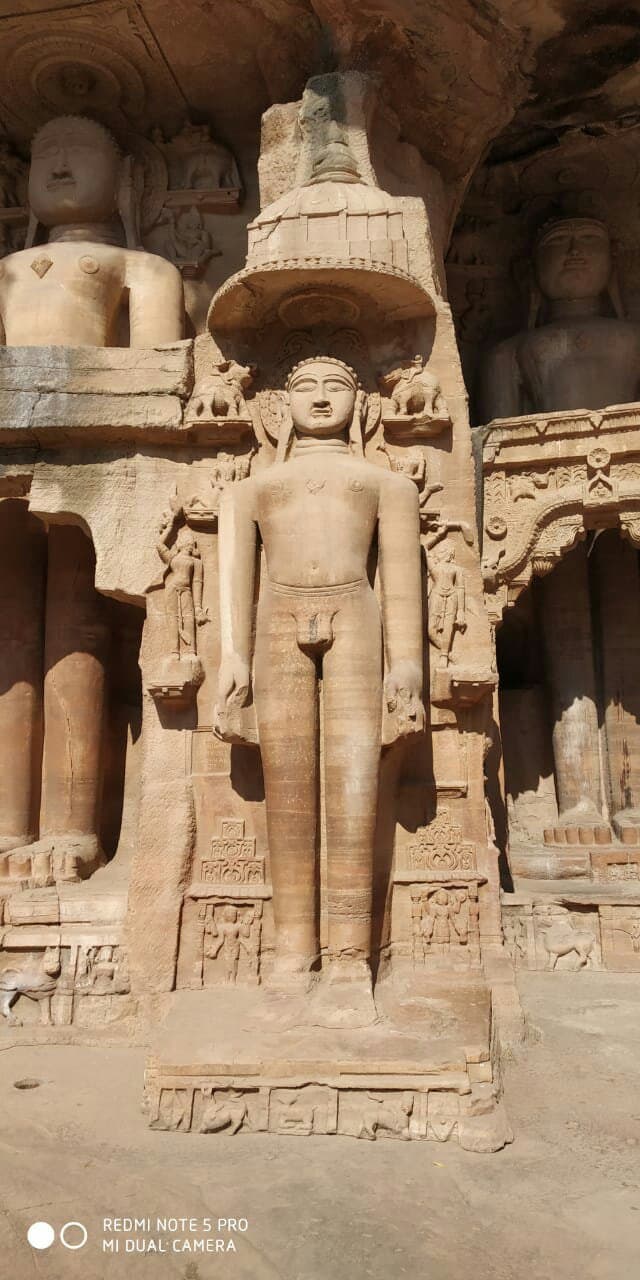
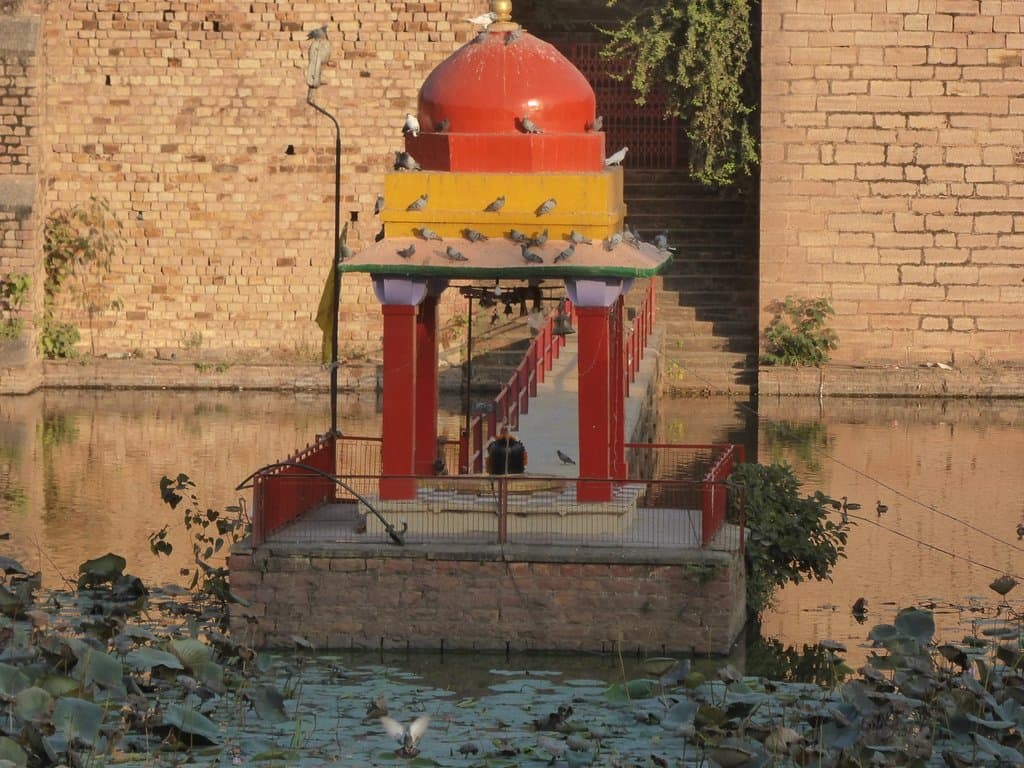
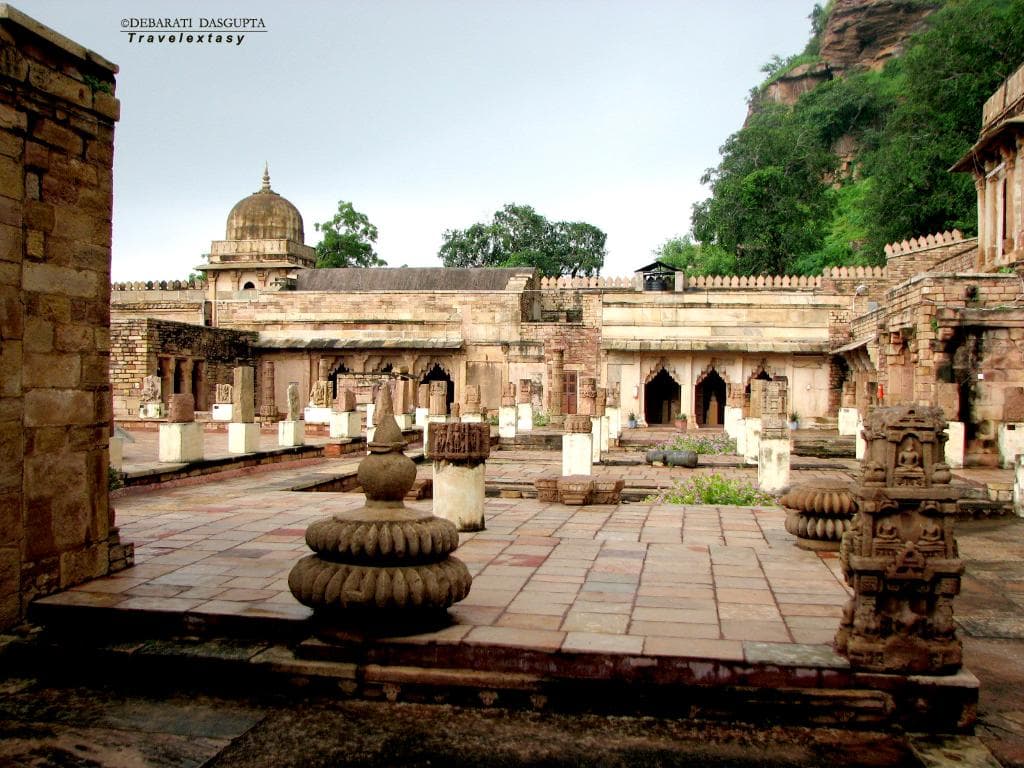
Social
from TikTok, Instagram & Reddit